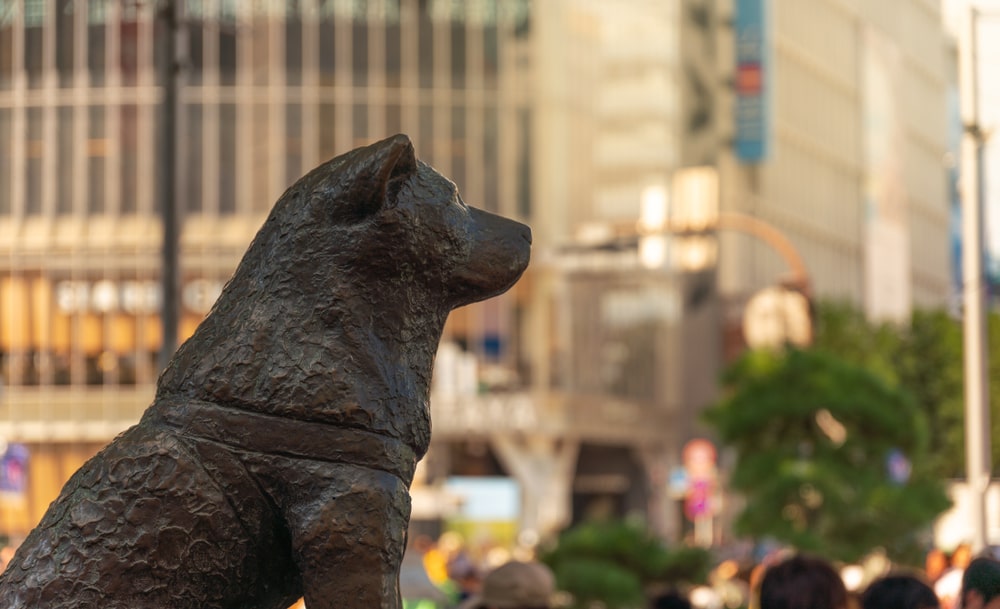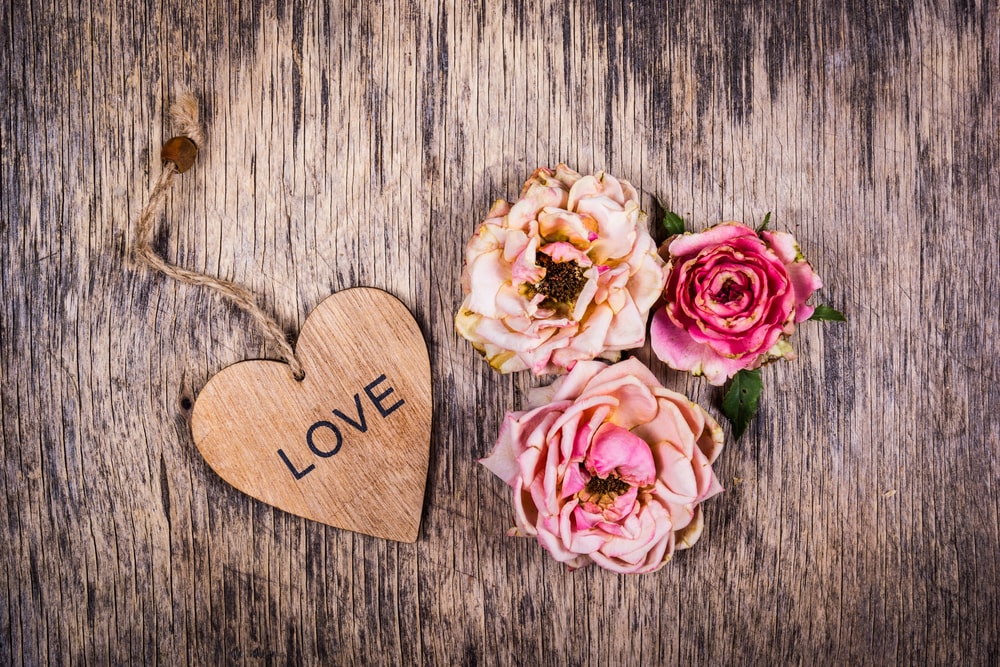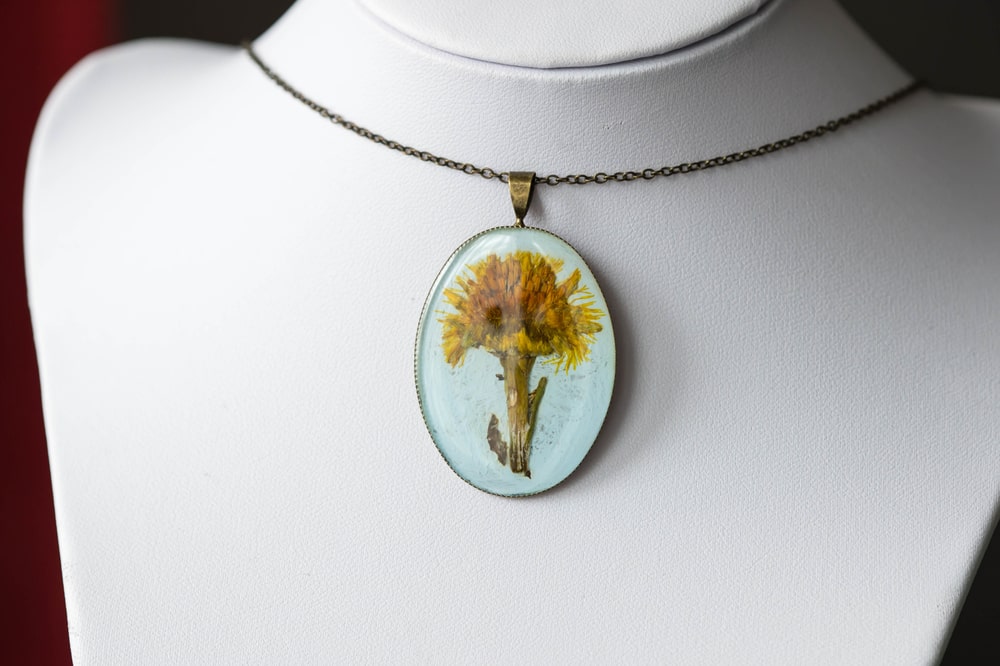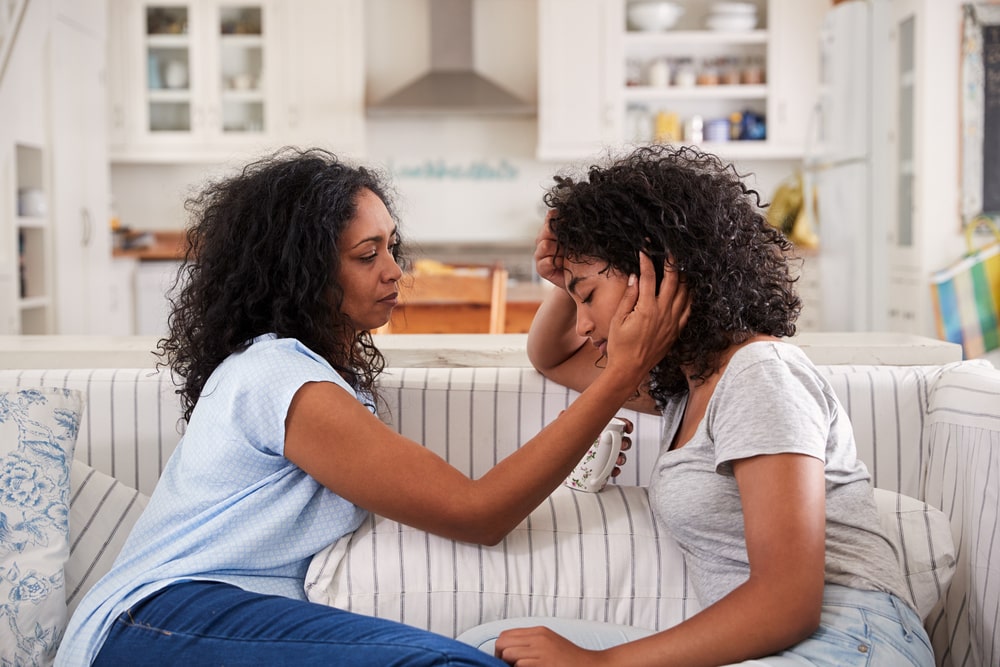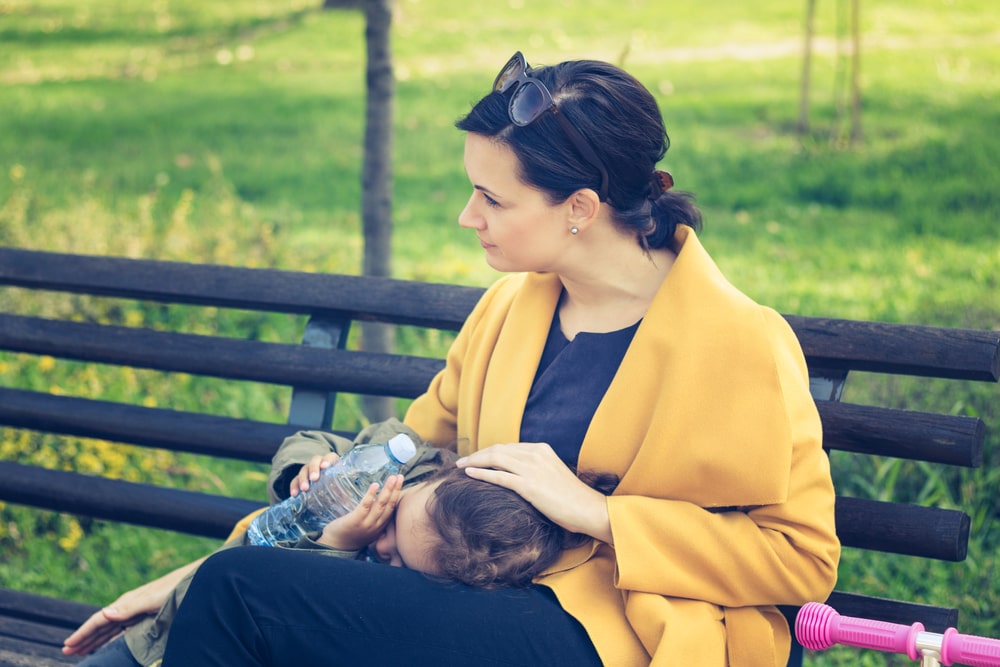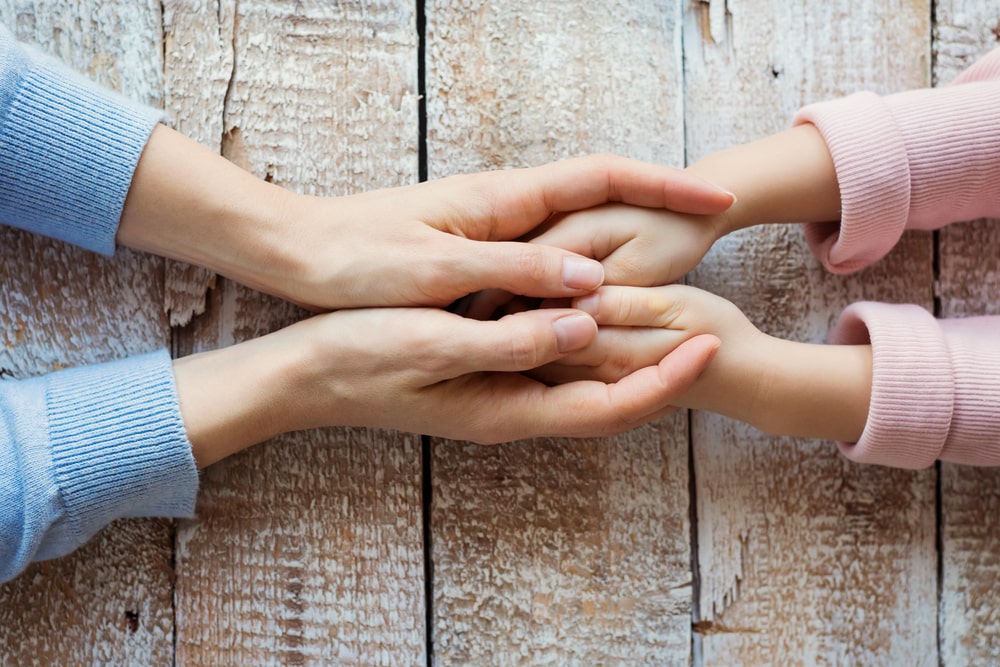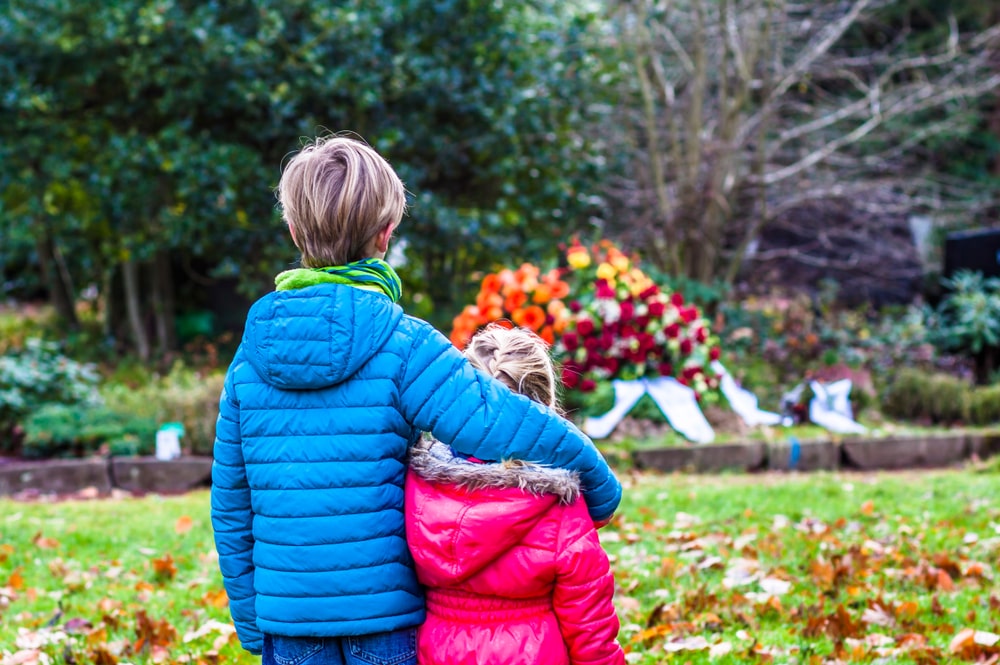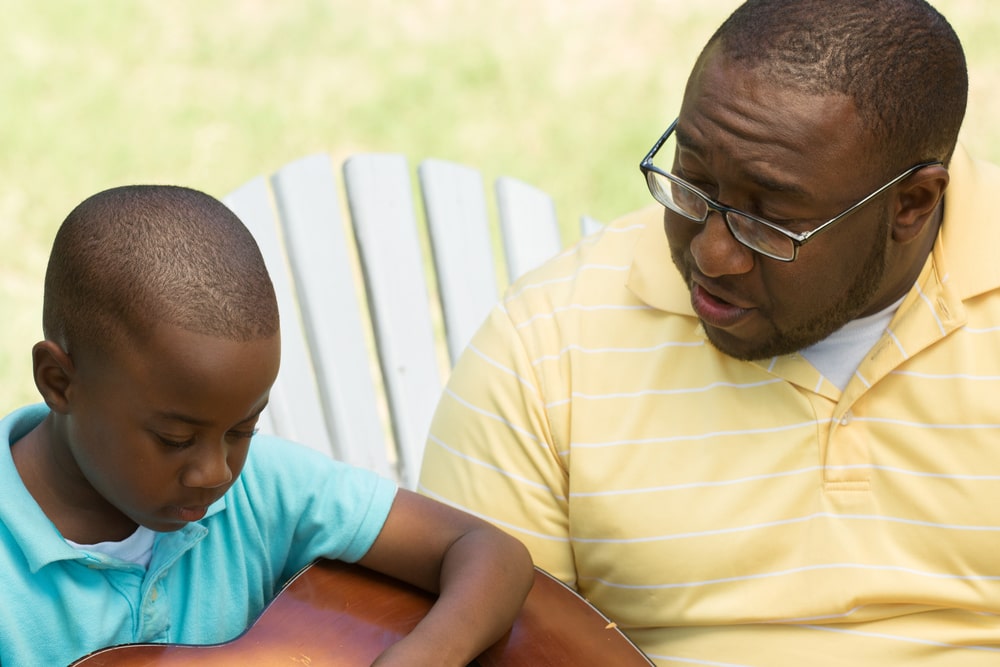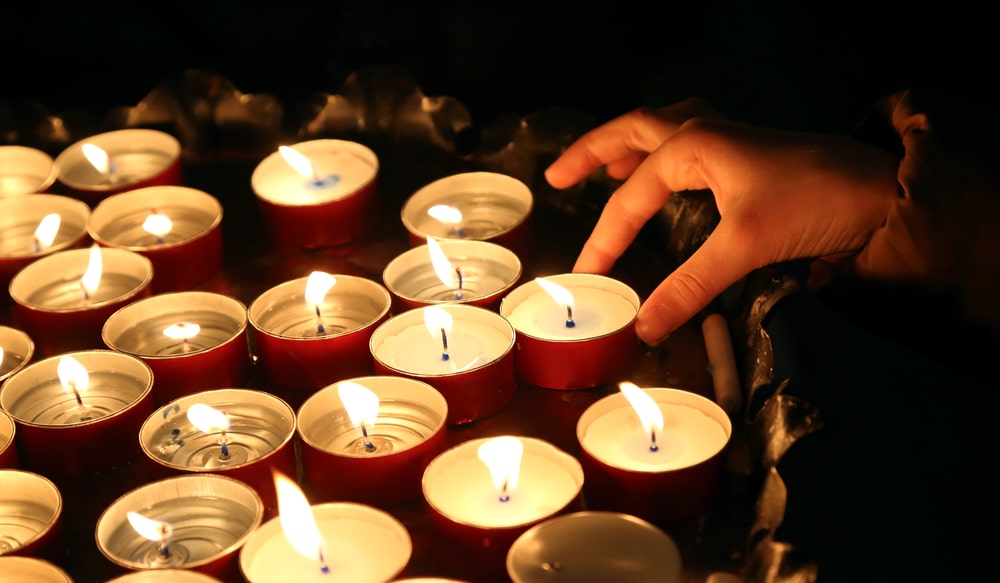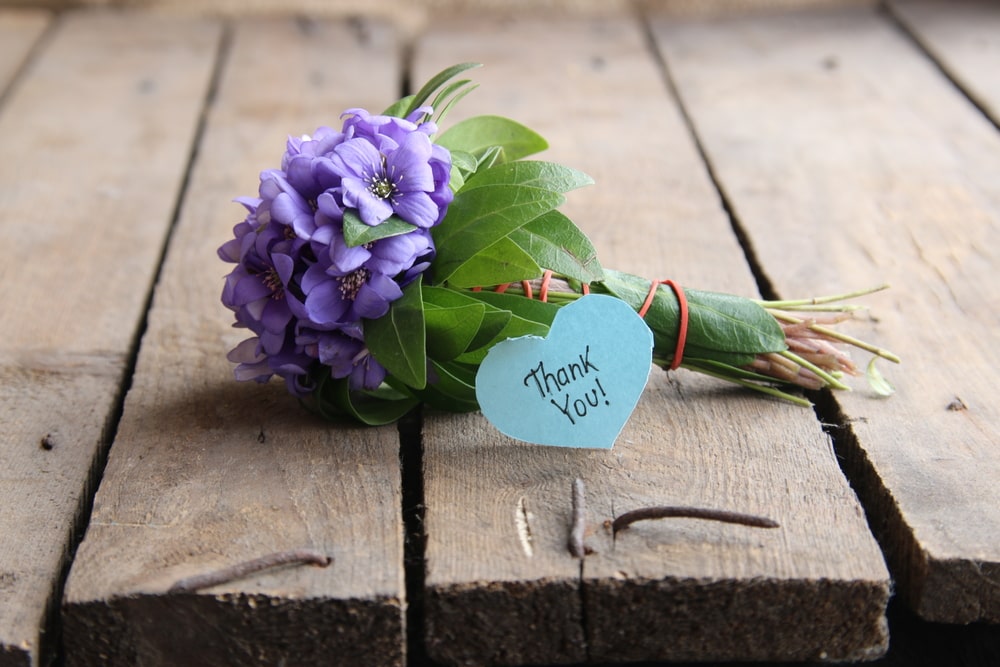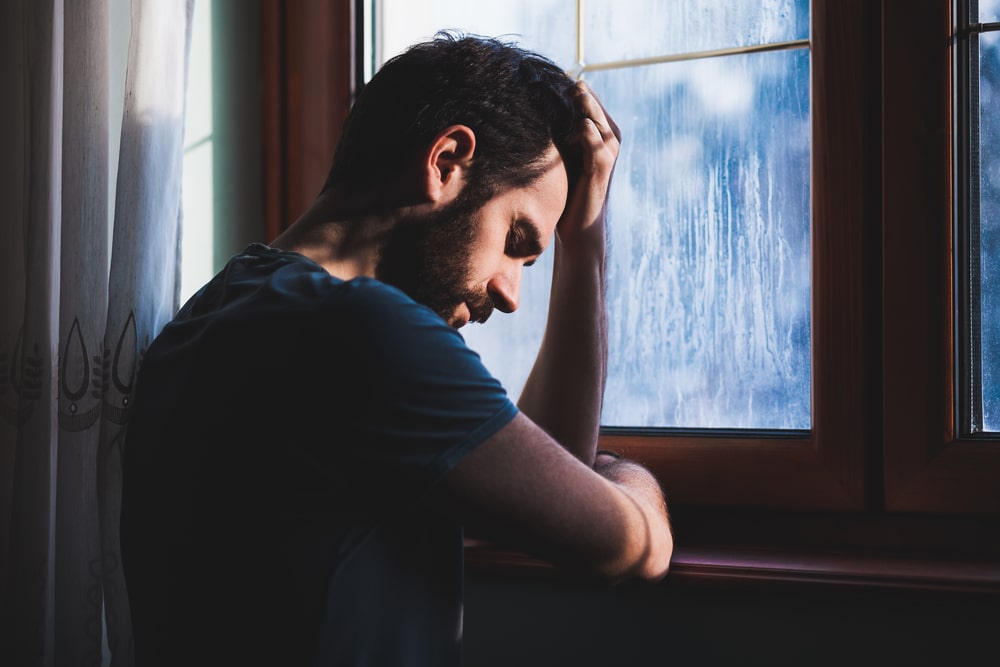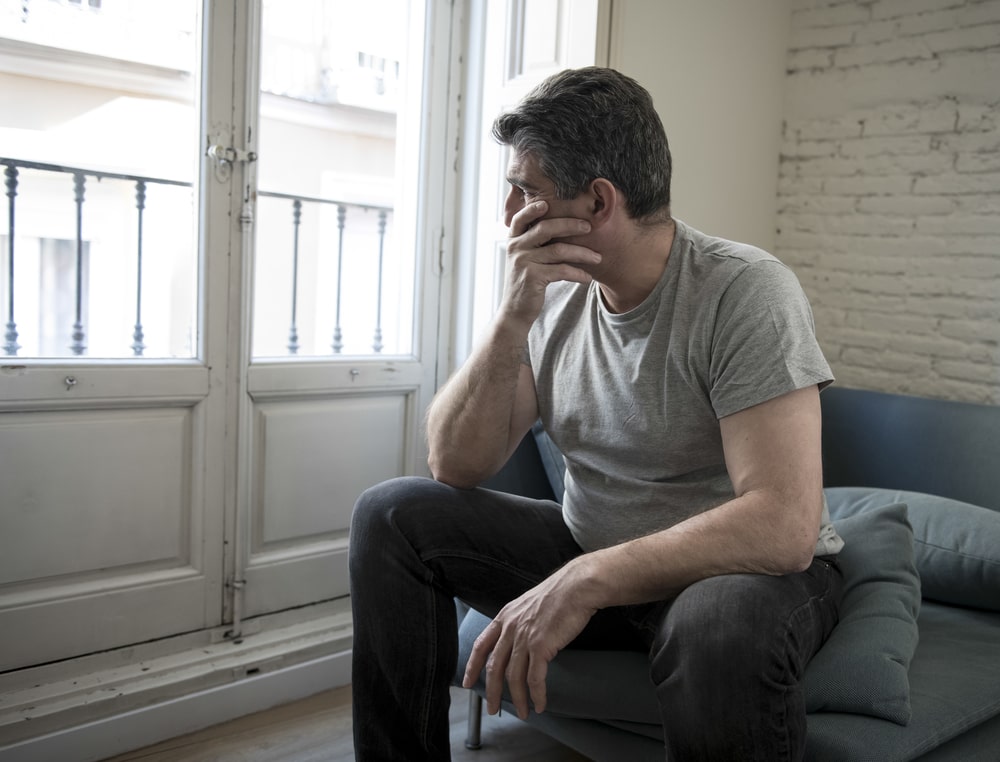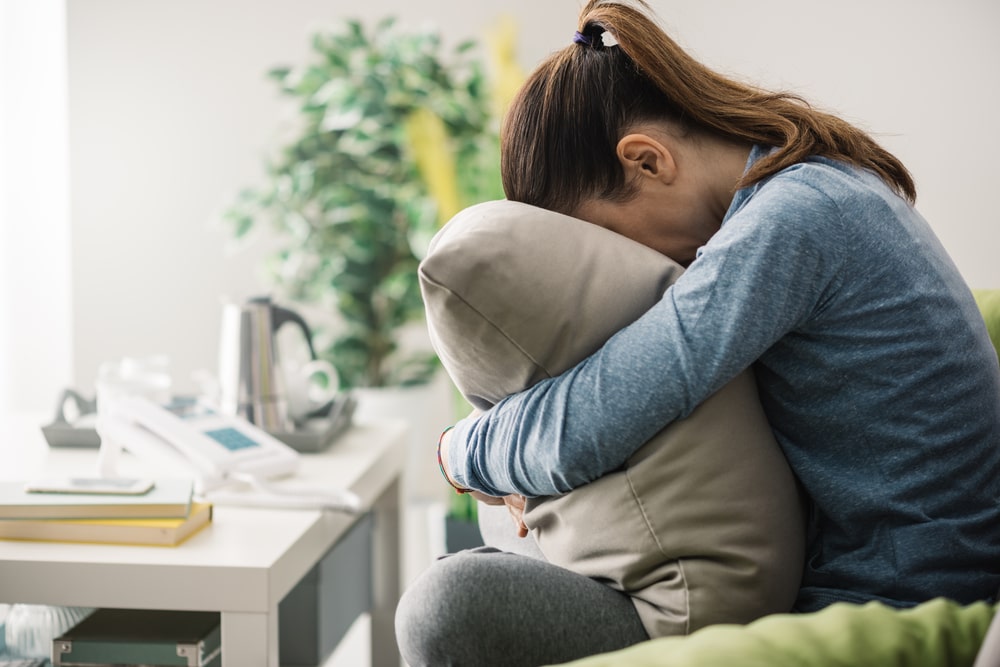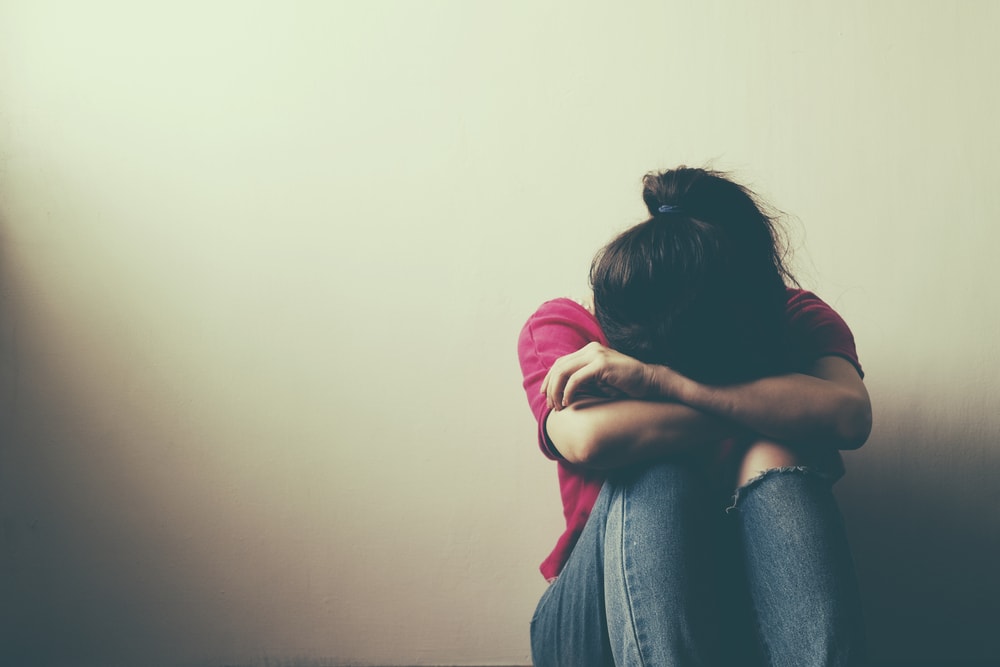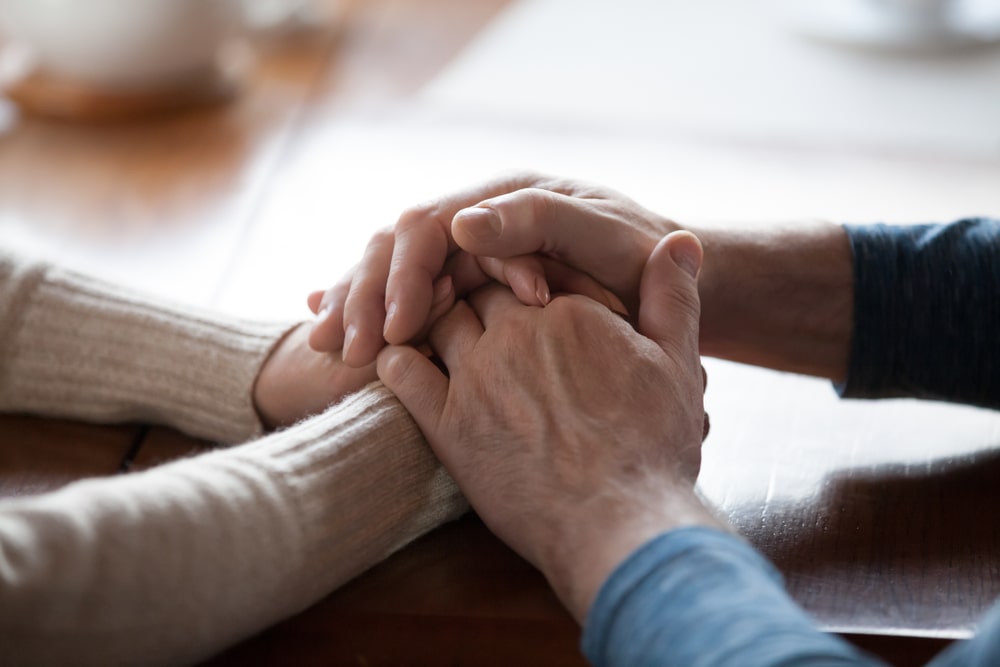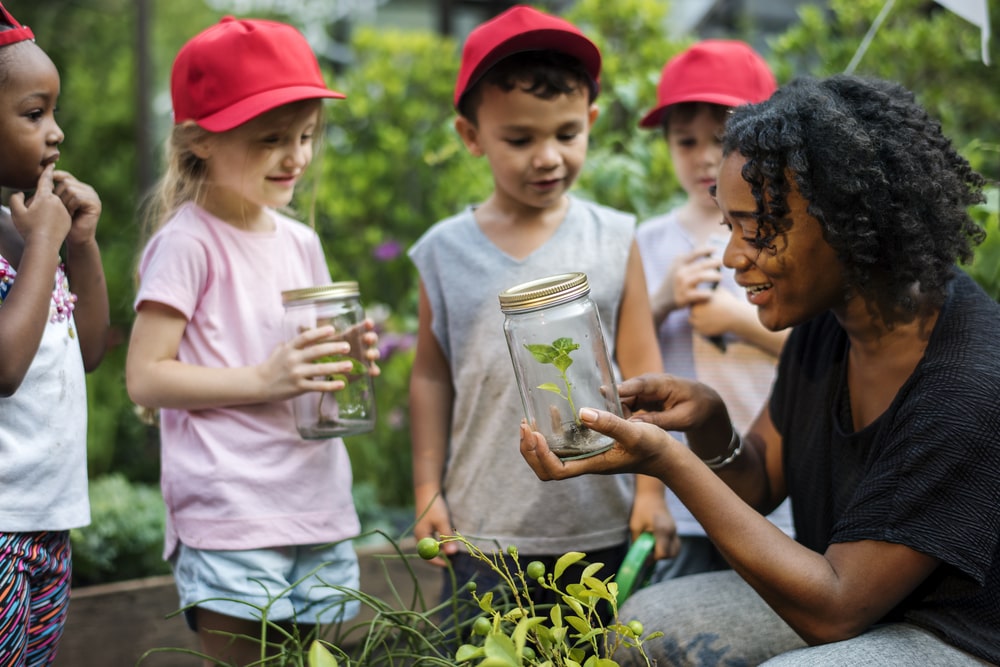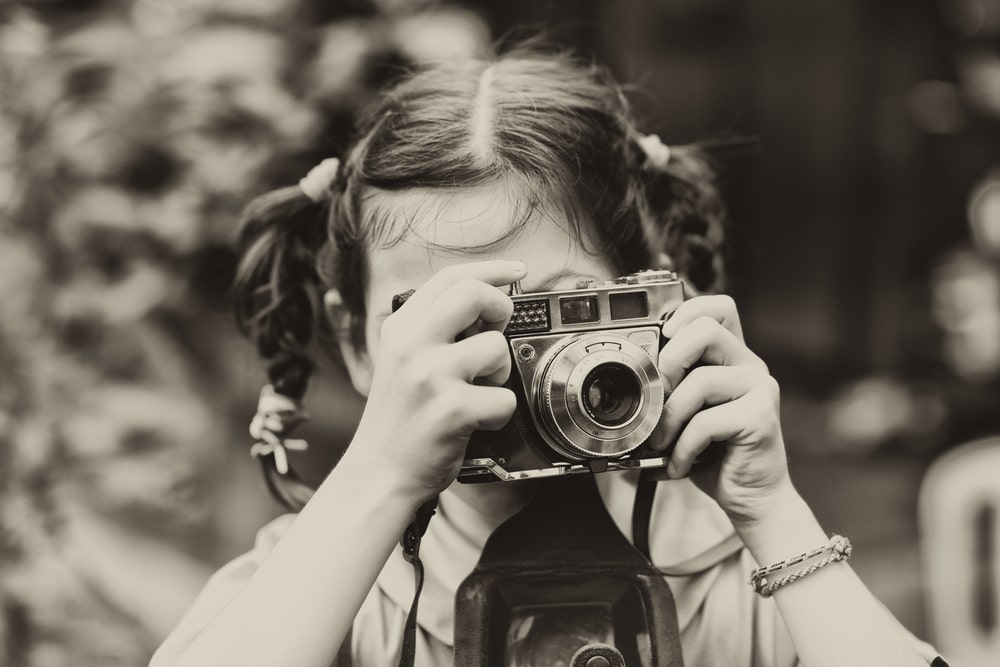
“When you photograph a face… you photograph the soul behind it.” – Jean-Luc Godard
Today, we can’t imagine a world without photographs. They capture the moments of our lives – both the special and the mundane – and create a record for years to come. They help us remember what has come before, and they elicit powerful emotions.
In actuality, photography is a relatively new invention. The first photographic process was introduced in 1824 by Nicéphore Niépce. Building on his initial work, many other scientists and inventors improved photography over the years. However, it was George Eastman who first brought the camera to the individual. In the 1910s, the first 35mm camera became available to the public, and people began to go “Kodaking” (spending the day taking pictures with friends).
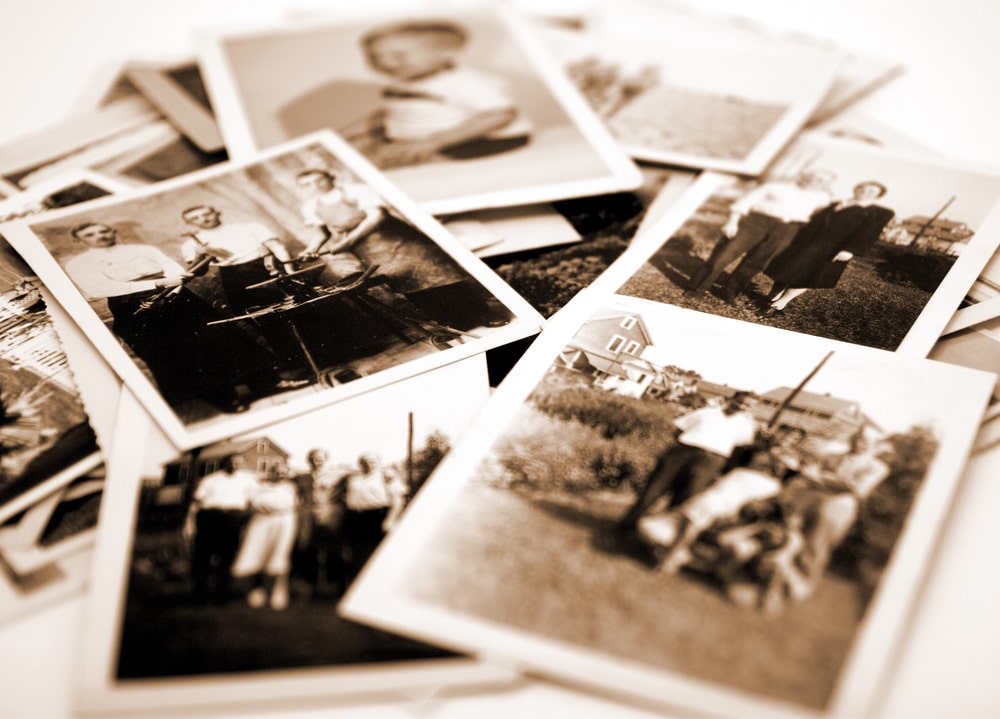
We have come a long way from glass plates, daguerreotypes, and negatives. Now, most of us carry a camera with us everywhere we go because they are built into our cell phones. That’s quite the innovative leap, especially since it’s been just over 100 years since the first camera became available to the public.
But despite its relative newness, we are fascinated with photography. Photographs have found a place of prominence in our lives. They give us something that the generations before us didn’t experience in the same way. They give us a unique way to remember our loved ones after they’re gone and recall the memories we shared.
So, How Do Photographs Benefit Us?
1. They connect us with our past.
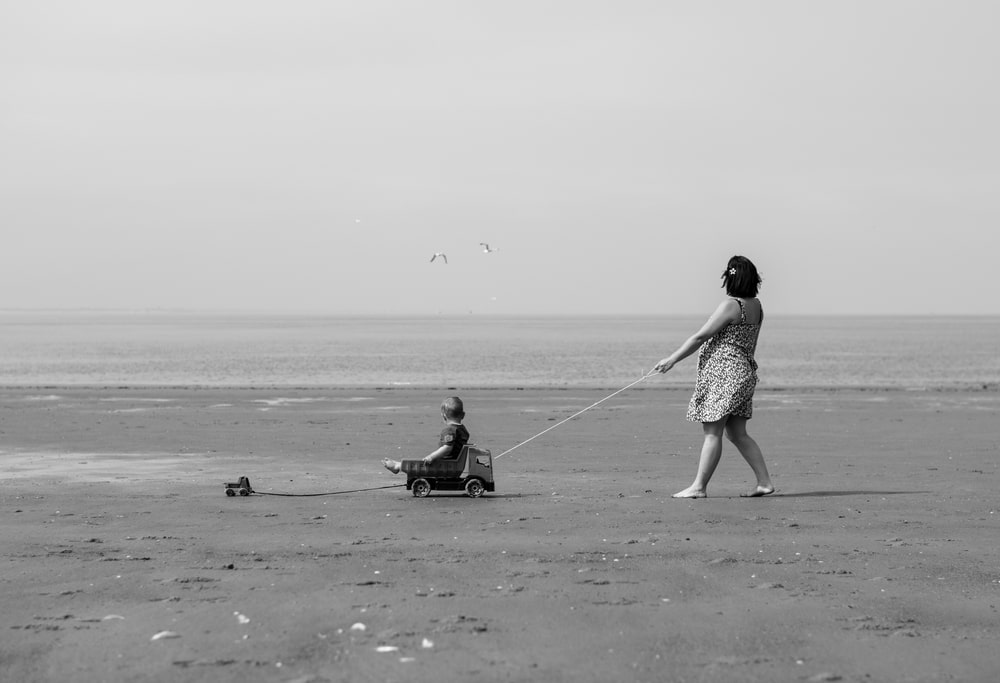
“What I like about photographs is that they capture a moment that’s gone forever, impossible to reproduce.” – Karl Lagerfeld
Looking at photos of loved ones often elicits a sense of connection. With people we know, we remember the person in the photo and how they made us feel. With people we never met – like ancestors – there’s something special about looking at family even though you never met. After all, without them, you wouldn’t exist.
2. They remind us of people, places, feelings, and stories.
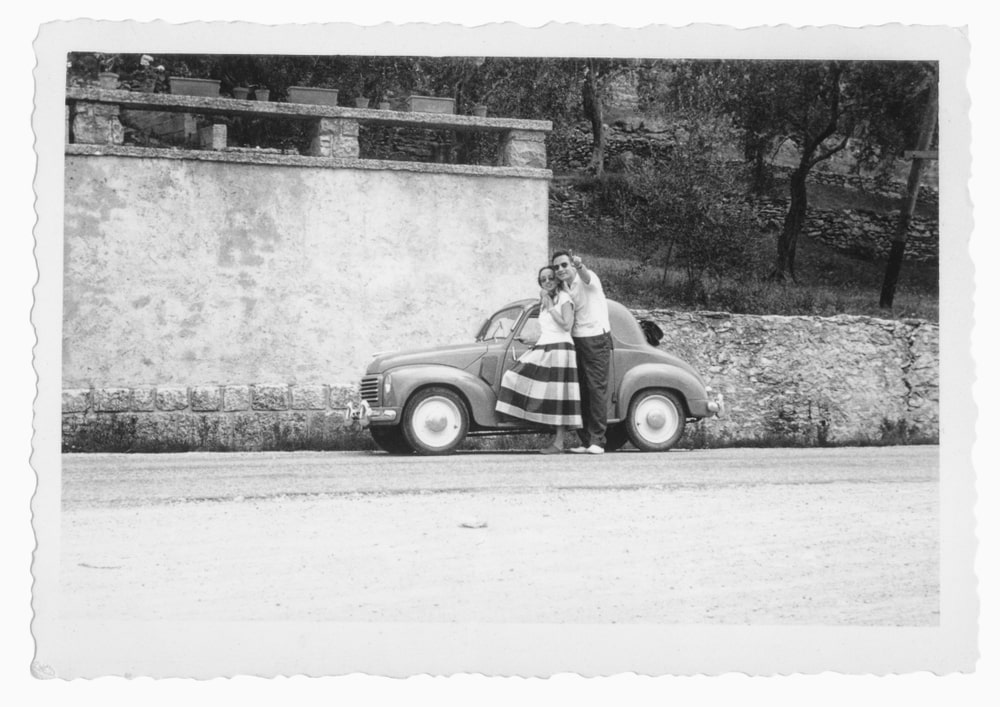
“The best images are the ones that retain their strength and impact over the years, regardless of the number of times they are viewed.” – Anne Geddes
While a picture may be worth a thousand words, it captures a very specific memory. Whether the photo is of friends, that crazy family vacation, or your high school graduation, it will remind you of people you’ve met, places you’ve gone, and feelings you’ve felt. Every picture tells a story. And in some cases, you’ve forgotten the story until the picture gives it life again.
3. They help keep a certain memory sharp.

“With my father’s passing, I realized just how important images of him are to me. The photo[s] also made me think, what do my children have to remember me by?” – John Wineberg
Oftentimes, when we lose someone we love, we fear that we will forget them. That’s one reason why photos are so precious – they give our loved one’s face and any cherished memories a sharper focus in our minds. With a photo, we are less likely to forget what a loved one looked like. We are less likely to forget some of our favorite memories. In a way, a loved one lives on through the pictures we have of them.
4. They remind us that there were good times in the midst of the bad.

“The best thing about a picture is that it never changes, even when the people in it do.” – Andy Warhol
In life, unexpected things happen. A spouse leaves. A best friend moves away. A loved one dies. Photos capture a single moment in time. Perhaps, when that best friend moved away, things became difficult, and it took a while to find a new friend. But just the same, any pictures you have with that friend are precious. Despite the changes in life and people, photos remind us that good is interwoven with the bad.
5. They express emotions that words cannot.
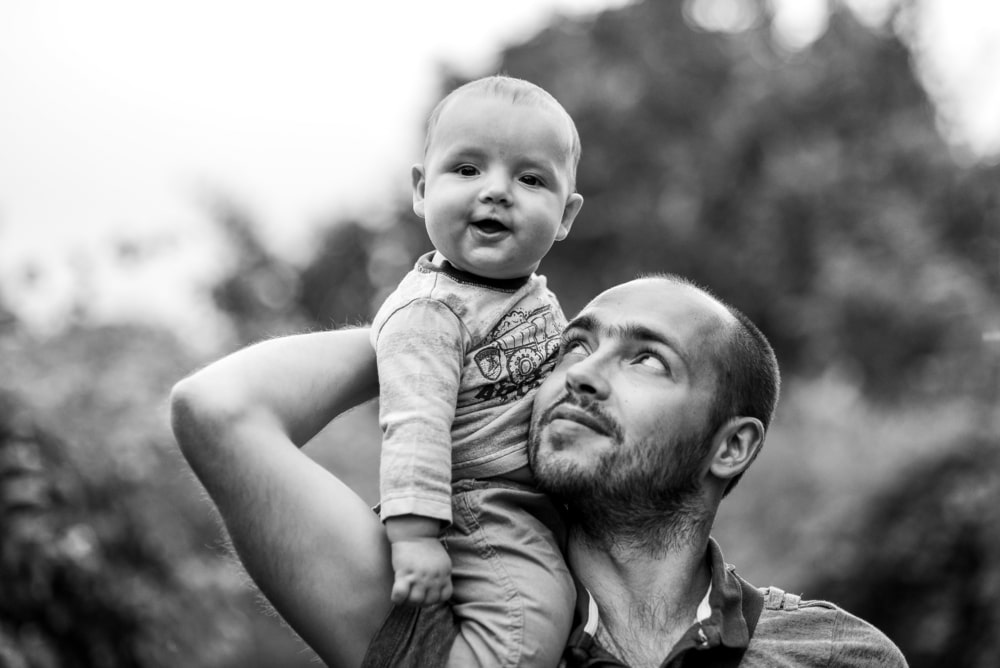
“The whole point of taking pictures is so that you don’t have to explain things with words.” – Elliott Erwitt
Sometimes words are just not enough. They don’t adequately capture the essence of what you feel. But for many, a photo can do just that. It expresses what your lips can’t articulate and helps you say what’s in your heart. And on the other side of that, photos elicit deep emotion from us. They remind us of something or someone we love and just how precious memories are.
How Can Photos Help Us Honor Our Loved Ones?
A healing and meaningful funeral is about honoring and remembering a life lived. Pictures are an excellent way to tell a loved one’s unique story. There are a variety of ways that you can utilize your favorite photos in a final tribute:
- Put together a memorial DVD (or ask the funeral home to do it).
- Create a collage or timeline.
- Print off some of your favorites and give them as a remembrance token at the funeral.
- Make your own memory wreath.
- If there is a gathering or reception, place photos in prominent places or use as centerpieces.
These are just a few ideas to get you started. Think on it. Whatever will honor your loved one’s memory most, do it. Every picture you have captures a moment of your loved one’s life. And that life is worth celebrating.





